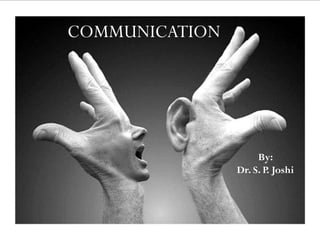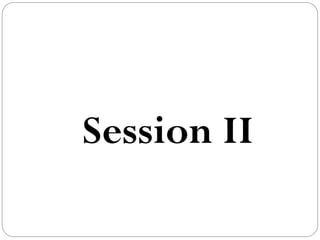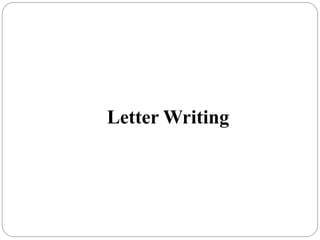The document provides a comprehensive overview of communication, defining it as the process of sharing ideas and feelings through symbolic messages, and highlights its importance in various contexts, including verbal, non-verbal, written, and electronic forms. It discusses the 7 Cs of effective communication: correctness, clarity, conciseness, completeness, consideration, concreteness, and courtesy, along with communication barriers and strategies for effective letter writing. Additionally, it emphasizes the roles of different forms of communication and the importance of effective communication skills in professional settings.


























































